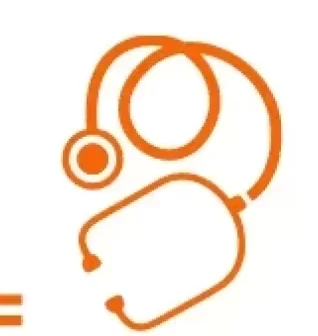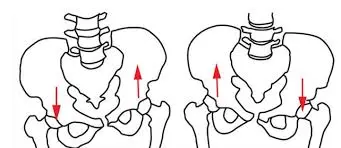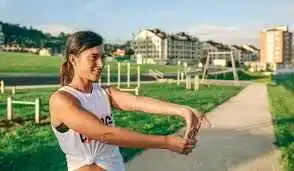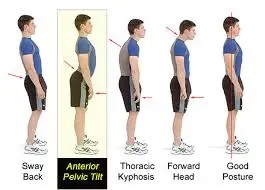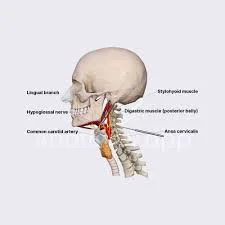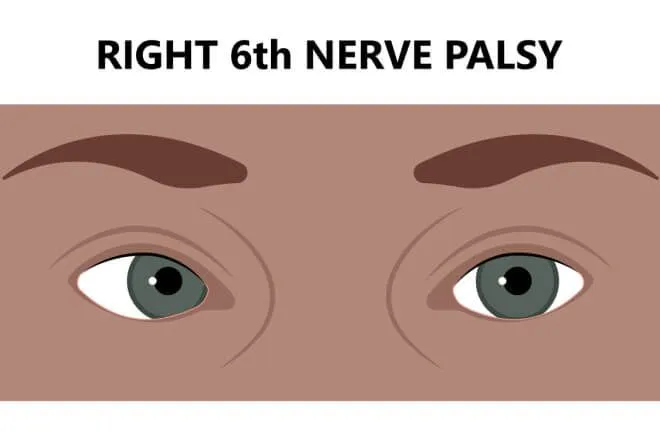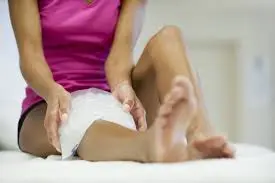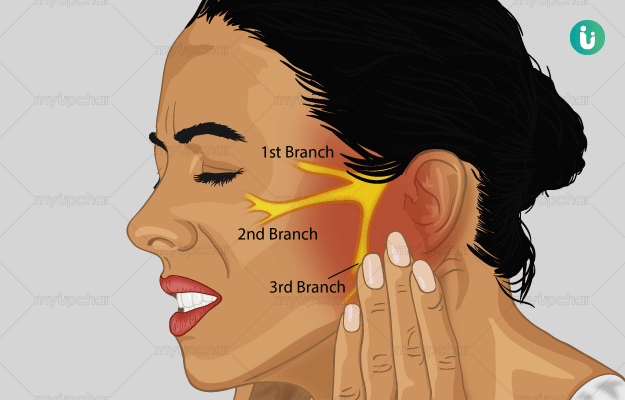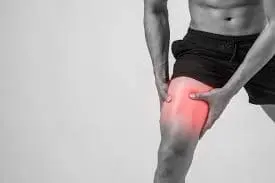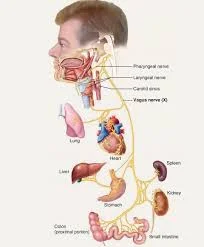Lateral Pelvic Tilt ( Left vs Right Pelvic Tilt )
What is a Lateral Pelvic Tilt? Lateral pelvic tilt, a common musculoskeletal issue, refers to the asymmetrical positioning of the pelvis in the frontal plane, where one side of the pelvis is higher than the other. This imbalance can lead to various discomforts and dysfunctions in the lower back, hips, and legs, affecting posture and…
